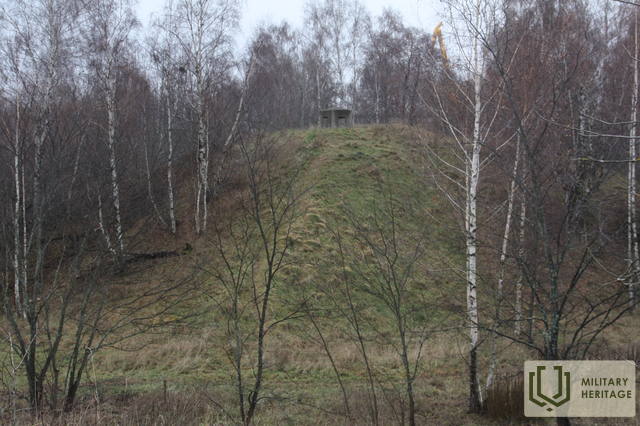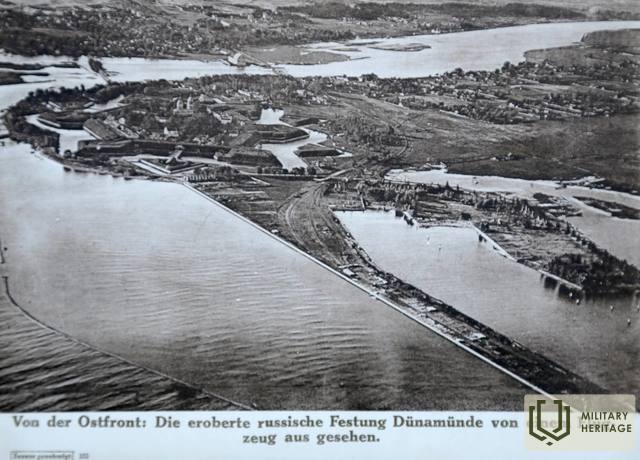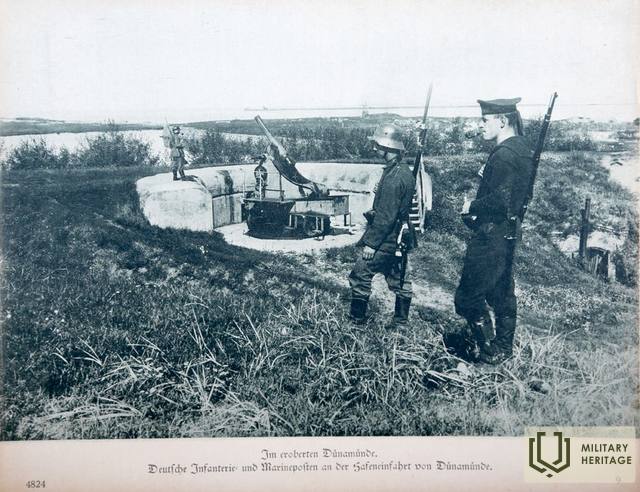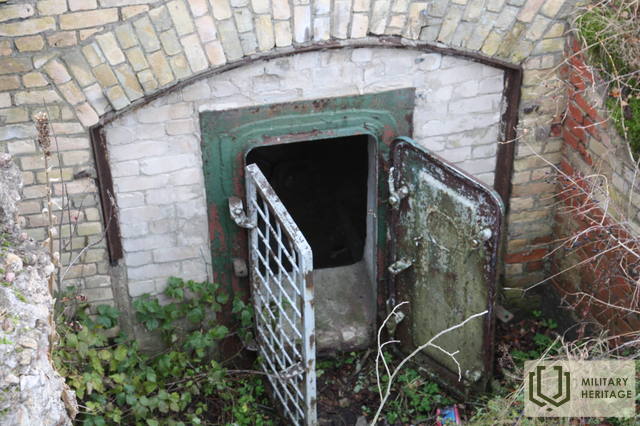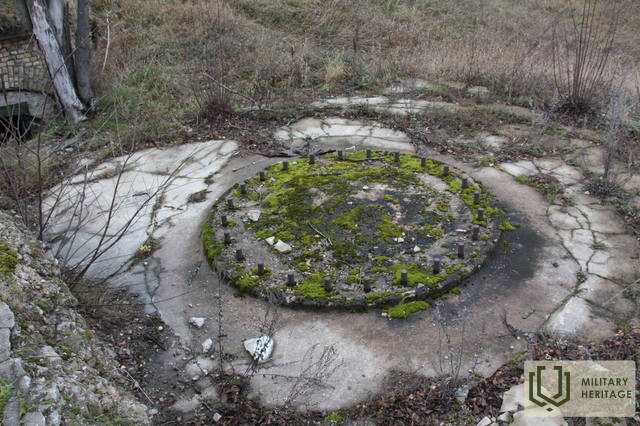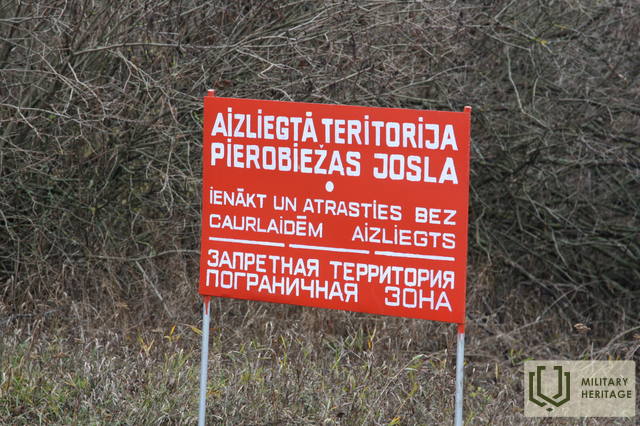Comet Fort Fortification

Used sources and references:
Archaeological research in Latvia in 2003 and 2004. Riga: Publishing House of the Institute of Latvian History, 2004.
Prieditis, E. Latvian Navy. 1919-1940. Riga: Typography Lemon, 2004.
Andersons, E. Latvian Armed Forces and Their Background. Toronto: Daugava Hawks Central Supply, 1983.
Related timeline
Related topics
Related stories
Army presence in Mangalsala
I remember vivid impressions about the presence of the Latvian army in Mangalsala. The forts as well as the reinforced concrete fortification built by Sapieri are described. Memories describe the daily life of soldiers, the rhythm of life and illustrate the environment in Mangalsala. Visit of soldiers of Mangalsala and Latvian army
About Daugavgriva fortress
The narrator describes an event in the Daugavgrīva fortress during World War I, when it was bombed by an air force in the German army. The fortress was one of the strategic objects that remained important until the end of World War II.




